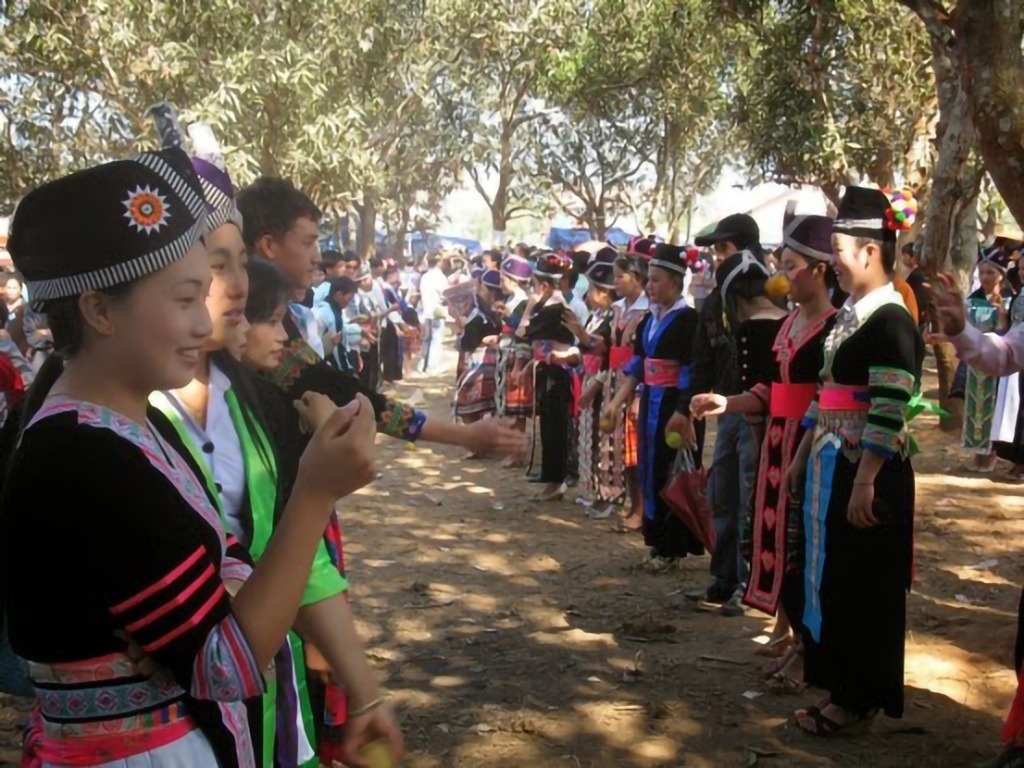
Hmong Believe Nature, Rocks, Hills, Trees, And Streams, Have Spirits
The Spiritual Connection Between Hmong Beliefs and Native American Traditions in Nature
Explore the spiritual parallels between Hmong and Native American cultures, where rocks, trees, hills, and streams are seen as sacred embodiments of spirits.

The Spiritual Connection Between Hmong Beliefs and Native American Traditions
Nature holds profound significance in many cultures around the world. For both the Hmong people and Native Americans, nature is more than a physical realm — it is a spiritual one. Both cultures deeply believe that elements like rocks, hills, trees, and streams are inhabited by spirits, reflecting their shared animistic worldview.
The Role of Animism in Hmong and Native American Cultures
Animism, the belief that all living and non-living things have a spirit or soul, forms the backbone of Hmong spirituality. From the towering trees in dense forests to the flowing streams carving through the land, the Hmong revere nature as sacred. This reverence is strikingly similar to the practices of many Native American tribes, who also see nature as alive with spirits that deserve respect and gratitude.
For instance, Native Americans honor the spirits of animals and natural elements through ceremonies and offerings, while Hmong rituals often involve food offerings and blessings to maintain harmony with nature’s spirits.
Hmong Cuisine: A Connection to Nature
Hmong cuisine reflects this spiritual connection to nature. Rooted in the belief that food nourishes both body and soul, traditional Hmong cooking uses herbs, vegetables, and ingredients directly sourced from their environment. With flavors enhanced by basil, lemongrass, chiles, and more, Hmong dishes reflect a harmonious relationship with their surroundings, much like Native American foodways that also emphasize local and natural ingredients.
Preserving and Sharing Hmong Traditions
Although much of Hmong history and cultural practices, including recipes, were passed down orally, modern efforts are helping to preserve these traditions. Cookbooks like Cooking from the Heart by Sheng Yang and Sami Scripter share Hmong recipes and stories, showcasing the resilience and creativity of the Hmong people.
Conclusion: A Shared Reverence for Nature
The similarities between Hmong and Native American traditions remind us of the universal human connection to the natural world. Their shared belief in nature’s spirits encourages us to reflect on how we, too, can honor and preserve the sacred elements around us.
Key Takeaway
With this blog, readers gain insights into the profound spiritual connection between these two cultures, celebrating their rich traditions and mutual respect for nature.
References and Further Reading
- Food Feature | Www.Roseannepereira.Com | Like Native Americans, many Hmong believe that certain aspects of nature, like rocks, hills, trees, and streams, have spirits.





Yes. Hmong people do believe that there are spirits that reside in nature. There is a ritual that the Hmong people do, paying homage to the tree spirit. (It is believed that the spirit watches over the village and give blessings for the new year and they dwell in the tree of near perfect shape). Hmong people are also very wary evil spirits such as animal spirits, especially tigers. They believed the tigers come after people who are talented (like in music or art) and so they warned that if anyone were to sing or play music while traveling in the forest and the tigers like your skill then they’ll take your soul and you’ll become one of their minions in the afterlife.
My dad and gma told me something like that with the tigers.